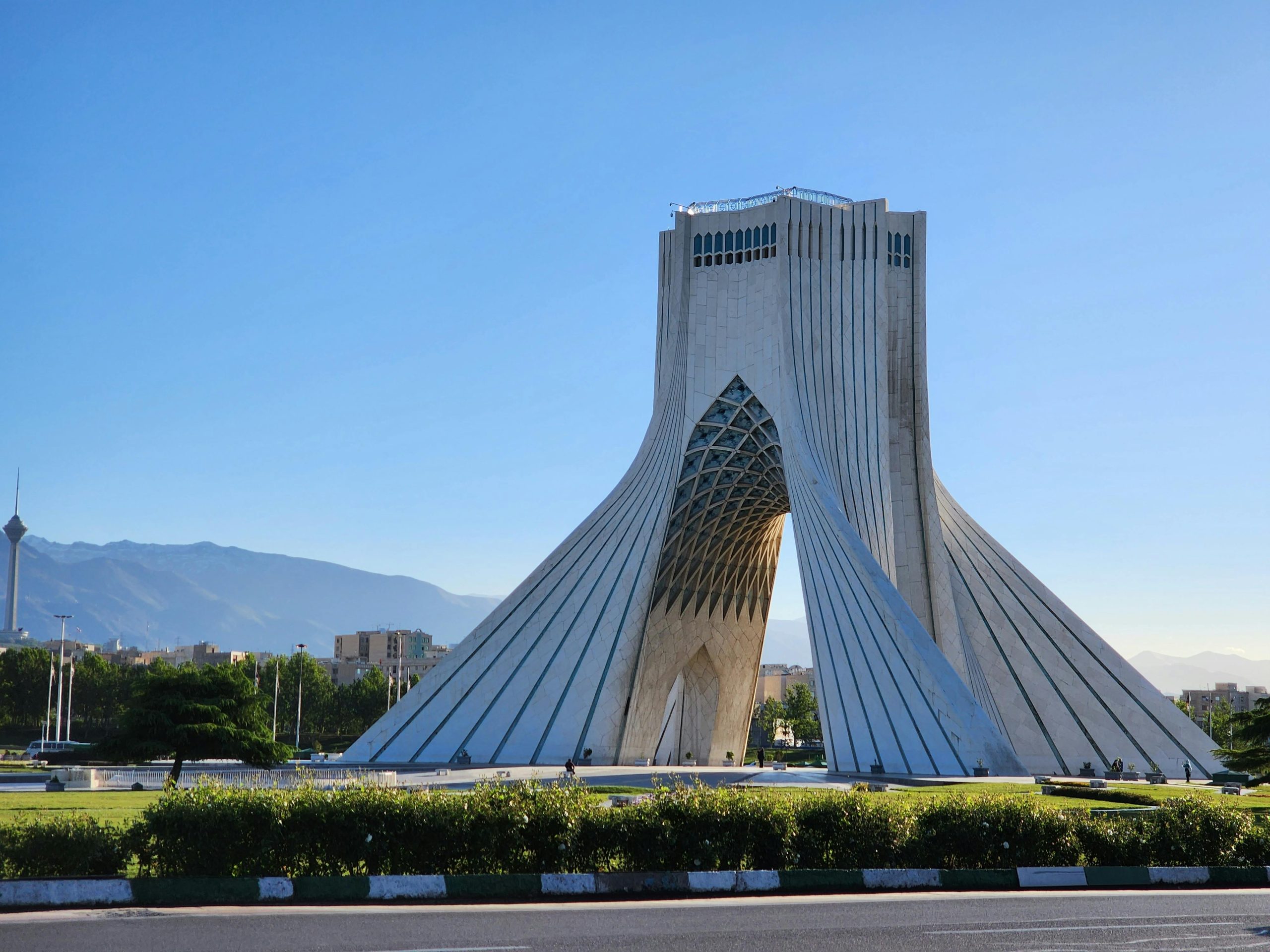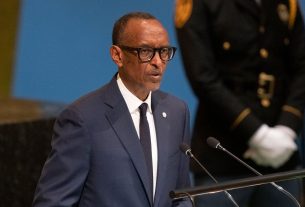Tehran, Iran — August 17, 2025
Iran is grappling with an intense heatwave that has severely strained its water and electricity infrastructure, prompting authorities to order the closure of public offices and banks across Tehran and several other provinces. The move, aimed at conserving energy and managing dwindling resources, reflects the growing urgency of the crisis.
Widespread Alerts and Soaring Temperatures
According to Reuters, nine of Iran’s 31 provinces have been placed under “orange alert” for extreme heat conditions, with forecasts predicting temperatures reaching up to 50°C in some regions for several consecutive days. Cities such as Ahvaz and Shabankareh have already recorded highs exceeding 52°C, placing millions at risk of heat-related illness and infrastructure failure.
Energy Deficit and Infrastructure Strain
Iran’s electricity generation capacity currently peaks at 62,000 megawatts per hour, but demand during the heatwave has surged to 80,000 megawatts, creating a significant shortfall. The country’s aging infrastructure, compounded by years of underinvestment and sanctions, has left power stations unable to meet rising consumption. Rolling blackouts lasting up to four hours daily have become routine in urban centers.
Water shortages are equally dire. Reservoirs such as the Karaj Dam near Tehran are operating at critically low levels, with some dams functioning at just 14% capacity. In several cities, water cuts have exceeded 24 hours, forcing residents to ration supplies and endure long periods without access to clean water.
Government Response and Public Impact
The Iranian government has responded by ordering the closure or reduced operation of public offices in at least 15 provinces, including Tehran, Alborz, Hormozgan, and West Azerbaijan. Emergency services remain operational, but the closures mirror similar actions taken during previous heatwaves in July 2024 and August 2023, when authorities declared public holidays to curb energy use.
Tehran Governor Mohammad Sadegh Motamedian stated that the closures were implemented at the request of the Energy Ministry to “manage consumption in the water and electricity sectors”.
Long-Term Challenges
Iran’s Meteorological Organization reports that rainfall is down 40% compared to historical averages, exacerbating the effects of a multi-year drought. With 85% of the country’s electricity derived from fossil fuels and only 13% from hydropower, summer droughts have further reduced energy output at a time when air conditioning demand is at its peak.
The convergence of climate stress, infrastructure limitations, and economic pressures has reshaped daily life for Iran’s 90 million citizens. Many now plan their routines around scheduled blackouts and unpredictable water outages, with growing concern over the government’s ability to manage future climate extremes.
Azadi Tower in Tehran by Aref Sarkhosh, Pexel



